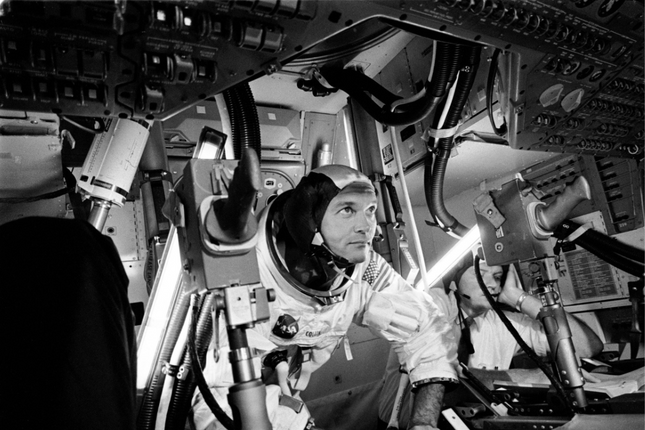It’s easy to forget just how recently it was that we all watched the same shows every night, with the same theme songs playing across many households. Looking back, it’s also striking to see how world events influenced some of the most popular shows in unexpected ways. In this blog, we look at key world events of the 1960s and how they found their way into popular TV shows.
The changing role of women
The 1960s are when second wave feminism, with its bra-burning and consciousness raising, really took off. Two shows that reflect the anxieties and triumphs around this seismic movement are Bewitched and I Dream of Jeannie.
In Bewitched, Elizabeth Montogomery plays Samantha Stevens, a benign but powerful witch whose powers cause no trouble at home, but plenty when she steps out into the world. A witch trying to pass as a suburban housewife beautifully echoes the struggle many independent women felt to conform to 1950s ideals of domesticity and childrearing as the 1960s ushered in career opportunities and freedom, thanks to birth control, that previous generations of women could only have dreamed of.
Similarly, I Dream of Jeannie tells the story of a 2000-year-old genie who falls in love with an astronaut but hides her powers from the world. It’s fascinating that in both of these characters, strong and powerful women are confined in the home, where their powers are barely contained, threatening to burst out at any moment.
An obsession with space travel
The original Star Trek TV series ran from 1966 to 1969 and played into the general public’s obsession with space travel, which was only heightened in the wake of the Apollo 11 moon landing on July 20, 1969. Star Trek appeared on living room TV screens against the backdrop of the Cold War’s Space Race, which began in 1955 when the Soviet Union announced that it, too, intended to launch artificial satellites into space. The series is inextricably linked with this historical moment, and the first space shuttle was named Enterprise at the urging of devoted fans.
Also reflecting the era’s obsession with life on Mars was My Favourite Martian. In this show, which ran from 1963 to 1966, a young newspaper reporter comes across a human-like Martian and takes him in, telling everyone he’s an uncle. The Martian's special skills include rearranging molecules to turn humans into squirrels, time travel, and telepathy – all ideas that are yet to be realised, but that nonetheless continue to intrigue storytellers today.
Espionage and spies
Even more overtly influenced by the Cold War was the hugely popular Get Smart. The likeable Maxwell Smart and his co-conspirator, Agent 99, played on the public’s fascination with espionage, featuring spy gadgets and a fair amount of chemistry between the two actors. Get Smart went some way to soothing public anxiety around the threat of the Soviet Union and Communism, while also promoting America’s reputation as the good, if rather hapless, guys, who may have failed to overthrow Fidel Castro but would still keep America safe.
The Avengers, a British espionage show, was similarly popular in the UK, where the Profumo affair between the UK’s secretary of state for war, John Profumo, and model Christine Keeler, brought down the government amid fears of Russian involvement. Here too, anxiety about the power of the Soviet Union, along with a fascination for all things espionage, no doubt contributed to the success of this series about well-dressed and glamorous spies.
Surf culture and teen spirit
Surfer girl Gidget brought with her the game-changing idea that teenage girls could surf as well as sunbathe, and make their own place in male-dominated surfing culture. While teenagers up until then had not really appeared much in popular culture, Gidget changed that for good, ushering in an obsession with big waves, California, and beach culture.
Changing family structures
The Addams Family is one of the most memorable family shows to come out of America. As parenting changed radically in the 1960s and new, more open ways of raising children were introduced, the Addams family showed audiences that although a family may not be ‘traditional’ they can still make their own kind of sense. Based on a cartoon by Charles Addams, the show was adapted for TV in 1964 and quickly became a much-loved series, with Gomez and Morticia Adams playing loving parents who let their kids follow their own, somewhat warped paths. In the wake of Dr. Spock’s groundbreaking parenting book that encouraged parents to be more loving and open with their children, The Addams Family embraced the idea that even weird families work.
Want to learn more about making the most of your next 30 years?
Retirement living can be the best time of your life. We’re committed to making life better for the over 55s. Check out downsizing.com.au for more insights and great advice on living life to the fullest. We also have a great range of ‘over 55 properties’ to help you do that with like-minded people in retirement villages and land lease communities.


